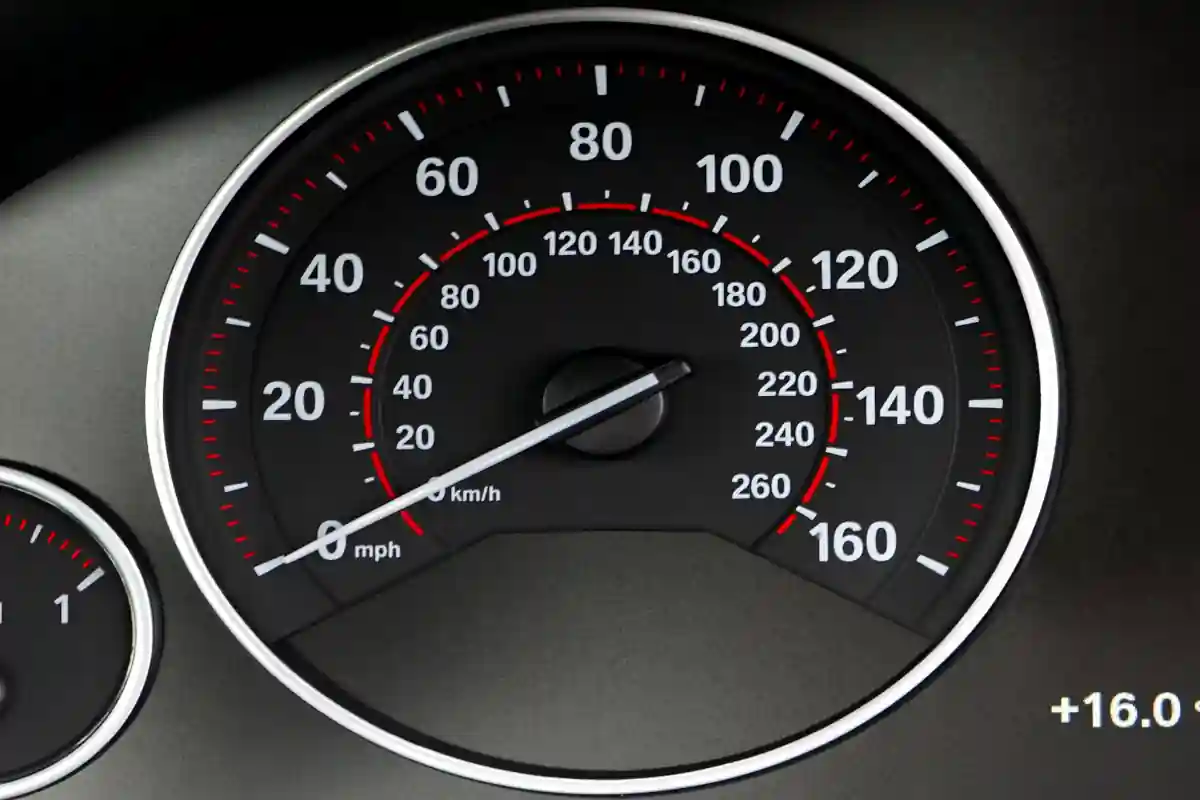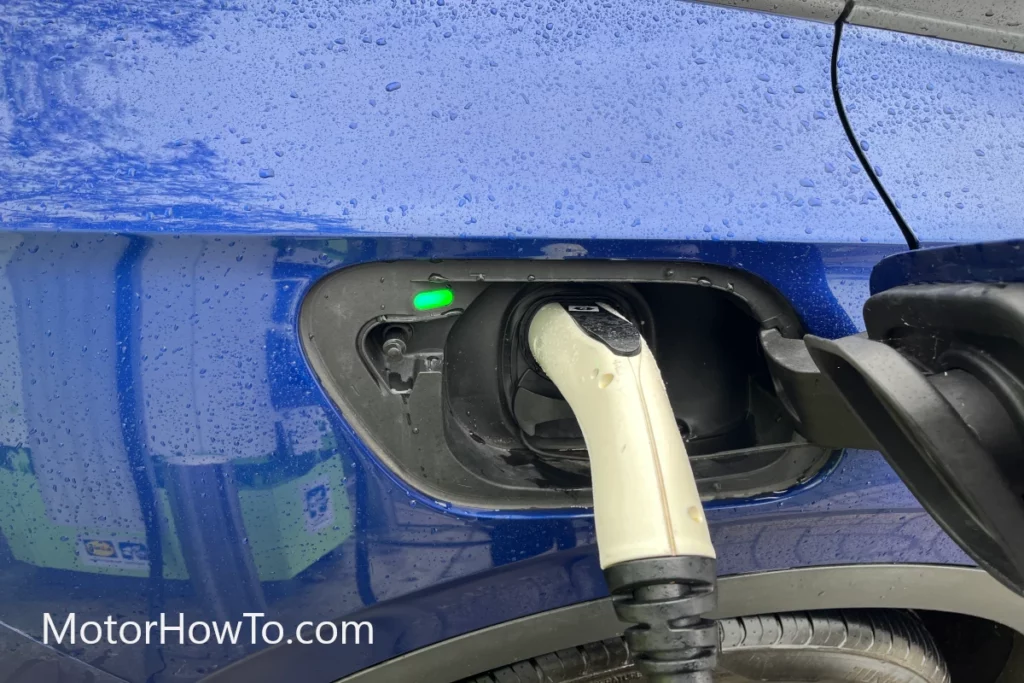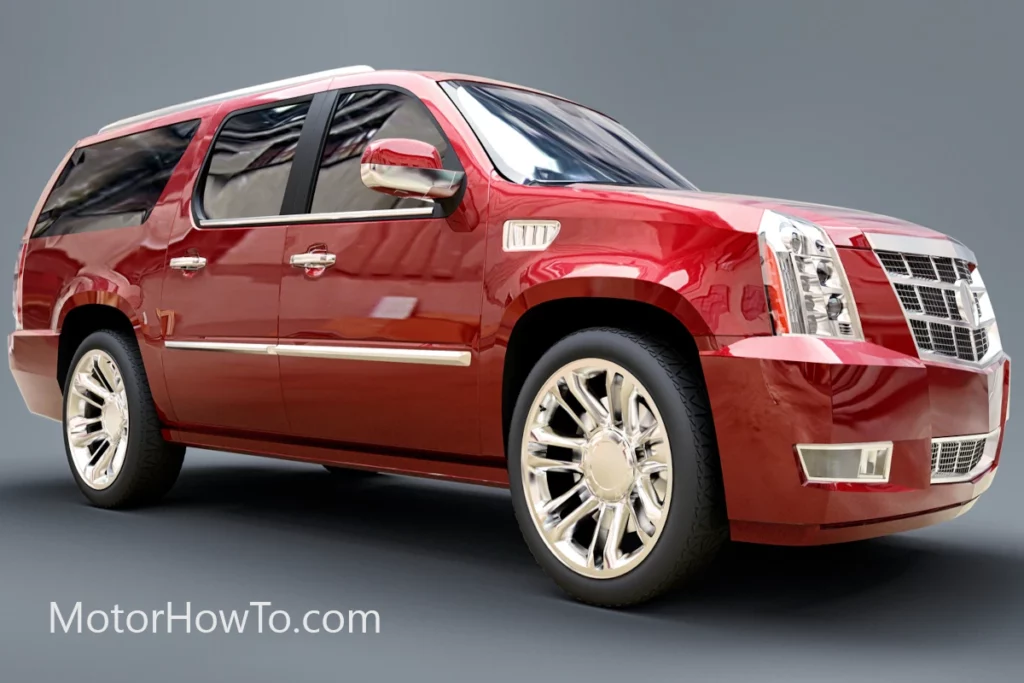The speedometer is one of the most important instruments on your dashboard.
But what you should know about your speedometer is that this is an instrument that was specifically calibrated to fit your car so that the reading on the speedometer itself is as accurate as possible.
This is where what we call the speedometer ratio comes in.
But what exactly is the speedometer ratio?
Speedometer ratio is basically the ratio or the relationship between the speedometer input and the speedometer output while factoring in other things such as the size of the vehicle’s wheels and tires, the tail shaft gears that drive the flexible cable, and the final drive ratio in the differential.

One thing you need to know about the speedometer ratio is that it can be pretty complicated and technical when you look at the way it is calculated and used in vehicles.
However, we will try our best to make sure that you get to understand what the speedometer ratio is in the simplest way possible so that you will be able to know which speedometer gear to use in case you need to replace the gear on your speedometer.
What is the speedometer ratio?
When it comes to the different instruments on your car, you should know that most of these instruments are calibrated to the specifics of your vehicle.
That’s because different vehicles don’t necessarily move and function the same way.
And that means that, in terms of your speedometer, the speed of the vehicle should be calculated in a way that is different compared to other vehicles.
What that means is that there is a ratio in play when it comes to determining the way the speedometer calculates the speed of the vehicle.
This is due in large part to the fact that there are plenty of different factors that may affect the speed of one vehicle and another one even though they may be covering the same distance in the same amount of time.
This is where the speedometer ratio comes in.
When you are talking about the speedometer ratio, this is generally the relationship between the speedometer input (the speedometer cable speed) and the speedometer output (which is the reading on your dashboard).
However, there are plenty of different factors that are taken into play here.
One such factor is the size of the tires as bigger tires tend to cover more ground and are supposedly capable of traveling larger distances within a set amount of time compared to smaller tires.
The other factors that are also taken into consideration are the tail shaft gear and the final drive ratio.
This ratio is actually chosen such that the speedometer should be able to read the right speed given the factors that affect how fast a car can go.
And, in most cases, the speedometer ratio doesn’t really matter whenever you are driving your car.
However, the speedometer ratio becomes important when you are now looking to replace your speedometer with a new one.
That’s because the ratio of the two speedometers should be the same or else you will end up with a speedometer reading that doesn’t reflect the actual speed of your vehicle.
For example, if you were to use a 2:1 ratio speedometer and replace it with a 1:1 ratio speedometer, your car’s speedometer would read twice the actual speed that your car is going.
So, if you are only going 30, the speedometer will read 60 because you used a speedometer with a ratio that is higher than that of the correct calibration for your vehicle.
Another thing you need to know is that the speedometer ratio is a bigger issue when it comes to mechanical speedometers because these speedometers run on gears that need to be replaced.
Meanwhile, most electronic or digital speedometers nowadays can be programmed to suit the right speedometer ratio of your car without having to buy a new speedometer or new gears.
How do you calculate the speedometer ratio?
So, now that you know what the speedometer ratio is and how it comes into play when we are talking about your speedometer, let’s now look at how we can roughly calculate the speedometer ratio of a car.
The first thing you need to look at is your tire’s true diameter in relation to the gears that your speedometer needs.
What you need to do here is to measure from the ground to the center of the tire’s axle and then multiply the value by two to determine the diameter of your tires.
But this can be 2 to 3 inches less than the entire circumference of the tire depending on certain circumstances.
From there, the next thing you need to do is to determine your rear-end ratio by raising both tires off the ground.
You have to turn the tires at the same time so that they can complete one single turn.
At the same time, count the turns of the drive shaft so that you will be able to know your rear-end ratio.
How do I know which speedometer gear to use?
To know which speedometer gear to use, take the abovementioned values into play as you already know the diameter of your tires and the ear end ratio of your vehicle. Keep those values in mind.
After that, go and open up your speedometer to get the drive gear found in the mechanism.
What you need to do here is to count the number of teeth on the drive gear.
Once you already have the value, you need to use a specific formula to know the right speedometer-driven gear to use.
Use this formula to know the driven gear that you should be using for your speedometer:
Driven Gear Teeth = Drive Gear Teeth x Gear Ratio x Tire Rev. per Mile / 1001
Tire Rev. per Mile = 20,168 / Tire Diameter (in inches)
So, all you need to do now is to plug the values into those equations so that you will be able to get the right kind of speedometer-driven gear to buy if you want to replace the older one on your speedometer.
Sources
MGAguru: CHANGING SPEEDOMETER GEAR RATIOS – ST-203



